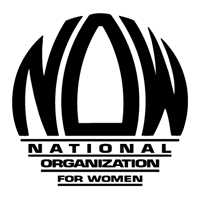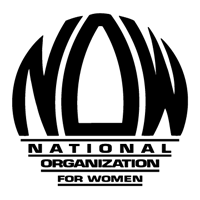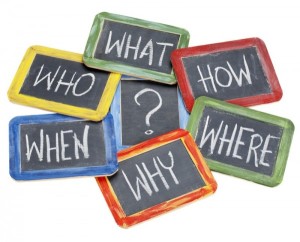After doing all of my research on the topic of women’s rights in the state of Wisconsin, I found some very interesting information and I learned a lot along the way. When I had first started doing research on my question “How did women’s rights evolve in the late 1800’s and into the 1900’s in the state of Wisconsin?” I didn’t know where to really start my search. I often times found myself punching the keyboard with words like “women’s movements in Wisconsin” which led me to more specific branches of where women’s rights turned. I came across a specific that really spiked my interest and really narrowed my search, which was the organization NOW (National Organization for Women). I found out all of the various ways that this organization alone shaped not only the state of Wisconsin concerning women’s rights but, more specifically, the city of Eau Claire as well.
I am now aware of what it took for women to feel like they belonged in the state of Wisconsin. It was no easy task to accomplish in feeling equality for all, it took determination, hard work, and good leaders to do such a hard thing. Although I know much more about this topic then when I first started doing my research, I always think that there is more to learn on any subject. I do not think that my question has been fully answered due to the fact that there are many different aspects to every topic of which only a small portion were addressed in my research. I do, however, think that I did partially answer my research question because I found a lot of credible information that was useful in my inquiry to this topic and taught me a lot that I hadn’t previously known. So after looking back, I do think that a great amount of progress was made along the way in my research journey, but more information is needed to answer my question to the fullest.

 The third source that I am writing about is one that was found in my very own library, right here at the University of Wisconsin-Eau Claire on the 5th floor of the archival collections. This primary source is the collection of the Margo House Papers that describe how women’s rights, specifically in Eau Claire, WI, improved through the years 1973-1980. Margo House was born in August 1929 and grew up to get her bachelor’s degree in art and history. After school, she moved on to work for the board of Regents at the University of Wisconsin-Eau Claire for four years, and following that she actually taught the subject of English at UWEC. During the 1970’s House was an active part in the rights of women in Wisconsin, and was even the president of the Wisconsin Feminist Project Fund, as well as the state coordinator for the National Organization for Women (NOW).
The third source that I am writing about is one that was found in my very own library, right here at the University of Wisconsin-Eau Claire on the 5th floor of the archival collections. This primary source is the collection of the Margo House Papers that describe how women’s rights, specifically in Eau Claire, WI, improved through the years 1973-1980. Margo House was born in August 1929 and grew up to get her bachelor’s degree in art and history. After school, she moved on to work for the board of Regents at the University of Wisconsin-Eau Claire for four years, and following that she actually taught the subject of English at UWEC. During the 1970’s House was an active part in the rights of women in Wisconsin, and was even the president of the Wisconsin Feminist Project Fund, as well as the state coordinator for the National Organization for Women (NOW).
